Roam free, stay online
Global YO eSIM+
Good vibes, full bars. Straight, no chaser.
100,000 users trust our eSIM+
Where's Life Taking You Next?
Pick your destination, then choose the data plan that fits. You're guaranteed to find what you need from 200+ countries and a sh*tload of perfect regional and global plans.
-
Loading...
How eSIM works?
Step-by-Step to YO Epic Connection
-
Check Compatibility
Make sure your gadget's got the goods for eSIM+. Most modern smartphones and tablets do, but double-check your settings just to be sure. We don't want any surprises, like finding out your phone is still rocking 2005 tech!
-
Buy Prepaid eSIM
Get your eSIM+ plan with a few clicks. We've got plans for every need and budget. It's so easy, even your grandma could do it! Seriously, she just called to say thanks. All grandmas are welcome to join the fun!
-
Direct Install eSIM+ or Scan QR Code
Activate instantly by either direct installation or scanning the QR code we'll send to your email. Just open your device's camera or eSIM+ settings, and you're golden! It's so quick, you'll feel like a tech wizard.
-
Connect and Enjoy
Start using your eSIM+ immediately, anywhere you go. Enjoy seamless connectivity and manage your plan directly from your device. It's like magic, but better! Hunting for WiFi is so Jurassic Park, and let's face it, you've got better things to do.
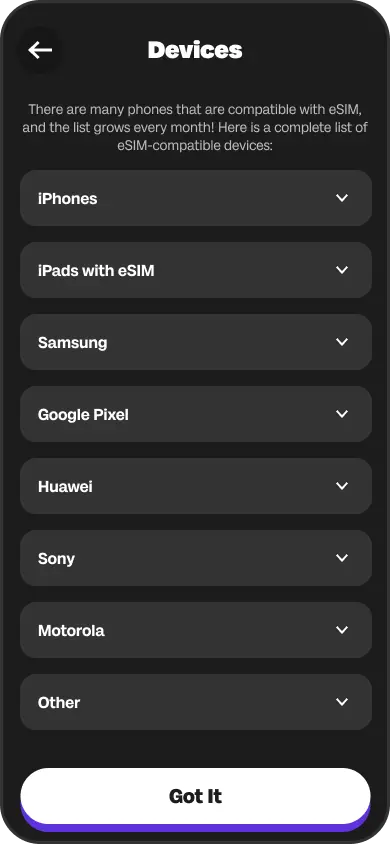
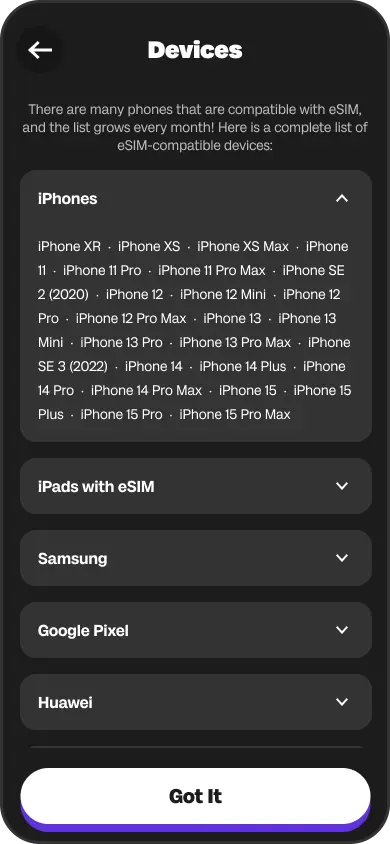
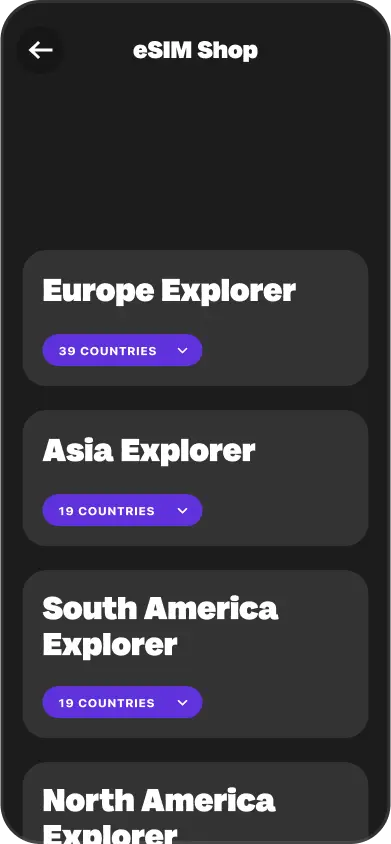



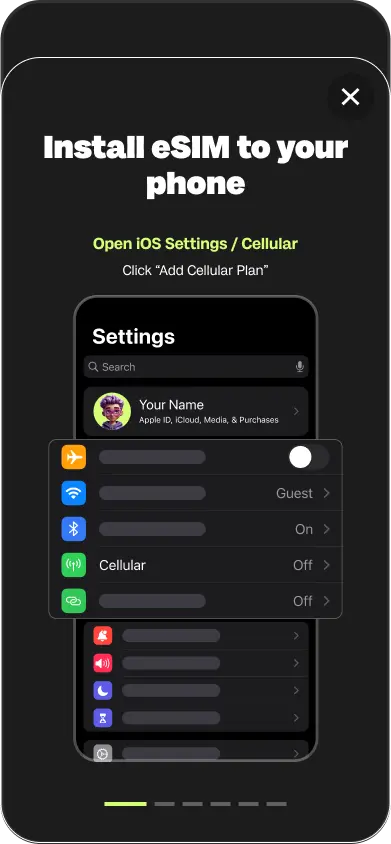

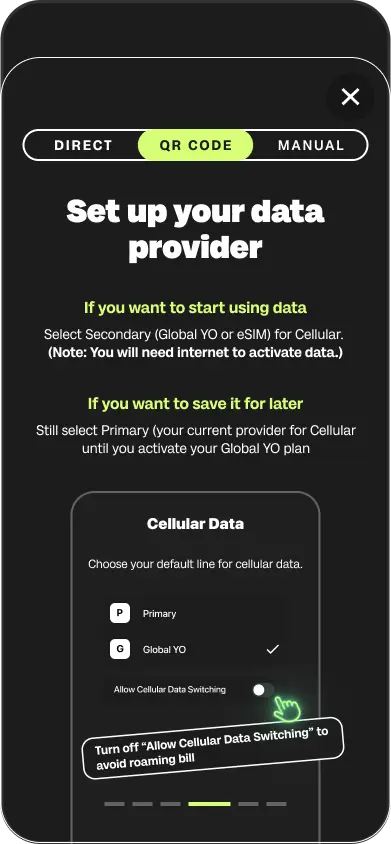

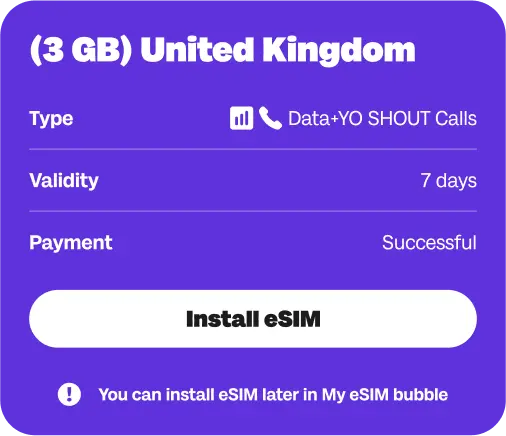
Secure payments
Travelers Yonderers Are Obsessed with Global YO
Don't take our word for it. See why you'll love us!
Why the f**k would you use anything less?
When Global YO eSIM+ is rocking the world, you deserve the best! Other networks? They can kiss our bars!
eSIM+ Digital Experience
Expensive data roaming costs? Hell no. Traveling with Global YO? F**k yeah. Surf, climb mountains, go to space (soon), and still complete your screen time goal. We've got your back while you've got the world at your feet. Other data plans? Welcome to coach.
Get Paid for Using the App
Yes, you heard that right. For every minute in the app, you earn YOYO$—that's real money! At least in YOverse, hehe. Anyway, earn YOYO$, get those data discounts, and buy real goods (soon).
Don't Be a Tourist
Unique travel recs at your destination after eSIM+ purchase? Check YO.map with cool spots from other Yonderers? Check. Celebrity city guides? F**k yes. Rock like a local anywhere in the world.
SHOUT from Anywhere
Ultra-low bandwidth global calls? Yes, please! eSIM+ that can't call? That's bullsh*t. Choose Global YO for those who never compromise.
Let Us Spoil You 
With the best content and entertainment out there. Live DJ shows, travel recs, a cool worldwide community, music, dances, movies, battles, rewards, discounts—you name it! You'll never want to use anything else after.
Get Rich with YOYO$ - The Easiest Cash You'll Ever Make!
Why just have fun when you can get paid for it? Earn YOYO$ every second you're on YO - it's like making money while chilling!

-
Play & Earn
Listen to live DJ sets, watch movies, explore the YO map, or share your content. Every action earns you YOYO$ - 100 YOYO$ = $1. Easy, right?
-
Spend YOYO$ on Epic Perks
Use your YOYO$ to grab eSIM data discounts and other cool stuff (coming soon). Start earning now - YOYO$ is your fast pass to fun and rewards!
-
Invite Friends, Get More YOYO$
Share YO with your friends and watch your YOYO$ grow when they sign up or purchase. It's that simple!
- Sign up to get 750 YOYO$ now!
Add international calls with YO SHOUT
YO! Check out YO SHOUT - the ultra-low bandwidth calling solution that keeps you connected without draining your data.

-
01
Add Credits
When you're buying your eSIM, make sure to add YO SHOUT credits right then and there. Or, if you need them later, you can buy credits separately in the YO SHOUT bubble in the app.
-
02
Get Ready to Call
To start making international calls, just open the YO SHOUT bubble in the app. Dial any number in the world—it's that simple!
-
03
SHOUT It Out!
Hit that call button and let the convo flow. Talk like nobody's watching!
-
04
Top Up Anytime
Running low on credits? No worries! You can top up anytime directly from the YO SHOUT bubble. Just remember, rates vary depending on the country you're calling.
FAQ
Got questions? Find answers here! If you're still stuck, just shoot an email to our 24/7 support team, and we'll handle the rest!















